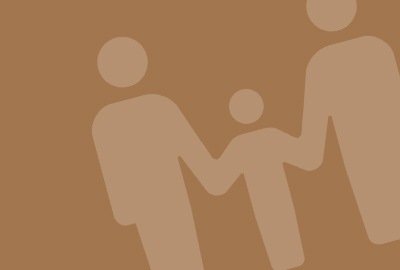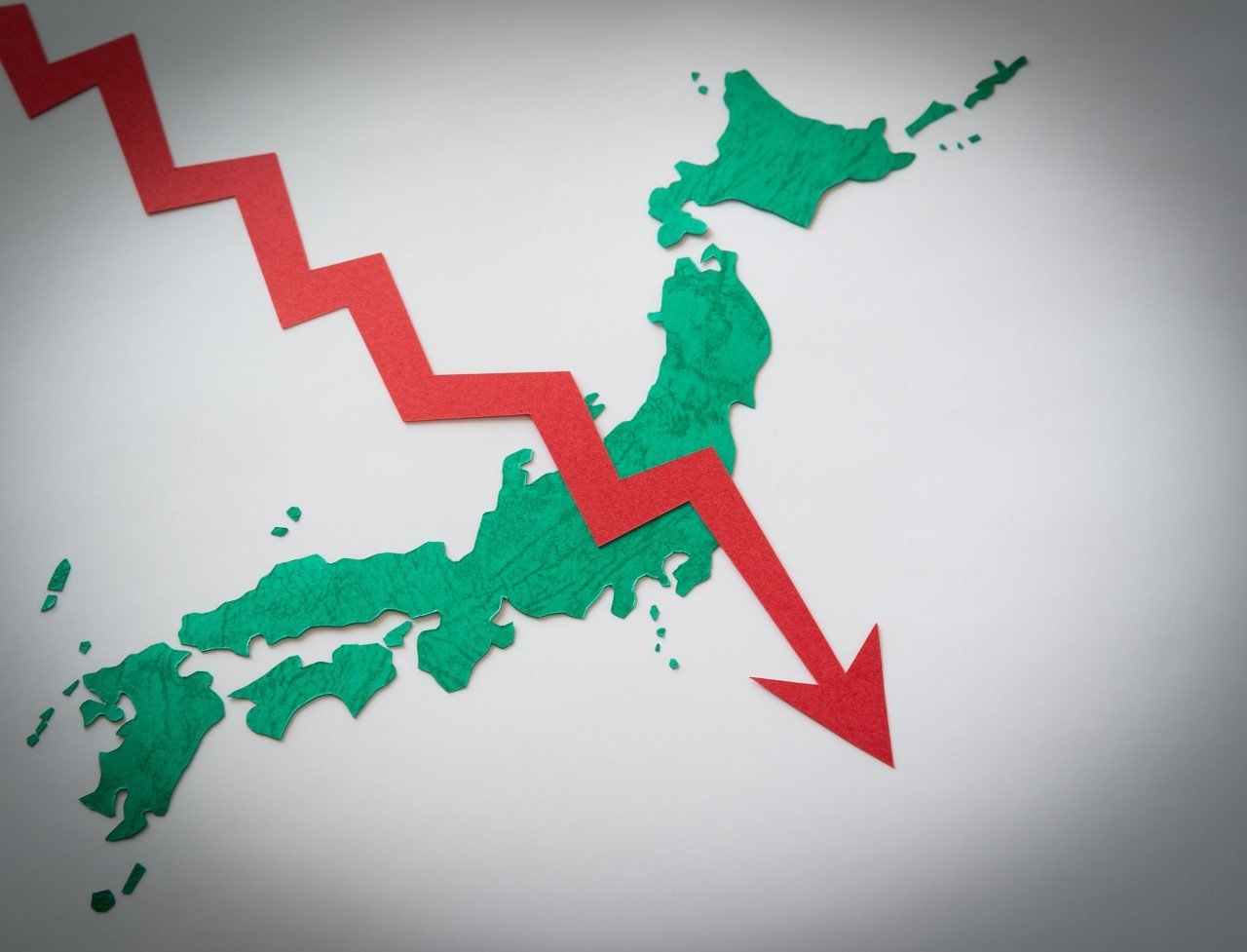2014/12/24
No. 208: Shigeru Omi, "How to Address Increasing Risks to Health Security ~ Lessons learned from SARS and pandemic influenza ~"
This year saw the first cases of dengue fever reported in Japan in 70 years. Shortly after these cases came to light, three countries in West Africa suffered a major outbreak of Ebola fever and, at the time this article is being written (December 2014), the world remains seriously concerned by this outbreak. Surveying the history of infectious diseases, it appears that progressing globalization over recent years has led to the emergence at the global level of one new infectious disease a year on average. The significance of this is clear: humanity must continue combatting the threat of infectious diseases. This article attempts to summarize the issues that individual countries and the international community as a whole should be addressing, drawing primarily on the author's personal experiences in combatting communicable diseases in such capacities as World Health Organization (WHO) Regional Director for the Western Pacific and as chair of the Japanese government's H1N1 Influenza Task Force.
The lessons learned from SARS, which emerged in 2003 as a public health crisis in the early years of the 21st century, include: (1) information sharing and first responses at the initial stages of an outbreak are extremely important, (2) major outbreaks of infectious diseases have a huge socioeconomic impact in the context of globalization, and (3) preparedness at all times is imperative. Before SARS, many countries regarded infectious disease control primarily as the responsibility of health ministers and medical personnel, but the SARS outbreak prompted prime ministers, presidents, foreign ministers and other leaders outside the health sector to commit firmly to global infectious disease control. In fact, when a major outbreak of avian influenza (H5N1) occurred in Asia and elsewhere shortly after the aforementioned SARS had been brought under control, leaders throughout the international community expressed serious interest in preventing the spread of the disease. In 2005, two years after the SARS outbreak, the International Health Regulations (IHR), in all but name an international treaty, were revised to extend their scope beyond smallpox, plague and cholera to include all risks to public health. Individual countries were also asked to develop the capability to rapidly detect, analyze and report risks that could have harmful health effects worldwide.
There were three lessons learned from the 2009 swine flu (H1N1) pandemic: (1) discussions were held at the World Health Organization (WHO) and elsewhere in recognition of the need for a consensus among individual countries and within the international community on defining and declaring emergencies, resulting in a decision to make comprehensive and general evaluations not only of transmissibility but also the seriousness of clinical illnesses and their impact on the health care sector; (2) decision-making processes and chains of command during emergencies must be made clear at all times as part of crisis management, and (3) first responses are extremely important during emergencies but, as the information initially available is uncertain, responses must be tailored to worst-case scenarios and suitably revised as more accurate information comes in.
This year saw the first cases of dengue fever reported in Japan in 70 years, due in part to (1) a steeper uptrend in cases of dengue fever, particularly in Asia and South America and (2) an expansion of the inhabitable zone for mosquitoes in Japan because of global warming. With a similar outbreak possible next year, infection control preparations should be made ahead of time. What triggered the outbreak of Ebola fever that has shaken the international community this year? A comparison with the 2003 SARS outbreak makes the situation easier to understand. These two outbreaks shared in common an extremely high mortality rate. However, SARS had extremely high transmissibility, confirmed by the presence of "super spreaders," infected individuals capable of transmitting the disease to multiple persons through droplet infections. Ebola fever, on the other hand, can only be transmitted by direct contact with an infected person's blood or other bodily fluids. In fact, the most clear-cut difference between the two is the backdrop against which the disease spread. SARS was a "21st century-style infectious disease" propagated around the world by aircraft from the international travel hub of Hong Kong. The recent outbreak of Ebola fever that started in West Africa, where health care systems and water supply are extremely fragile, can be attributed to poverty and economic disparities. This Ebola outbreak can also be said to demonstrate quite vividly that the spirit of the aforementioned IHR upon which the international community officially agreed has yet to be manifested in practice.
Putting the above lessons to full use, the international community and individual countries should address the following key issues:
1. The effects of globalization and global warming have made crisis management vis-à-vis infectious diseases and natural disasters more important than ever, and further international collaboration and cooperation are required.
2. Regions and countries with fragile health care systems need more support than ever from the international community.
3. Bolstering the first-response capabilities of these countries is also vital to the international community as a whole.
4. Controlling infectious diseases and enhancing health care systems should be seen as an inseparable pair.
Shigeru Omi is President of Japan Community Health care Organization (JCHO) and a member of WHO Executive Board. His past experiences include Regional Director for the Western Pacific(1999-2009) and President of the 66th World Health Assembly(2013)
The views expressed in this piece are the author's own and should not be attributed to The Association of Japanese Institutes of Strategic Studies.





